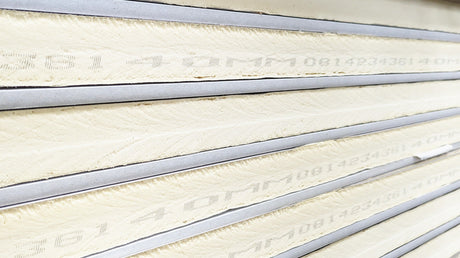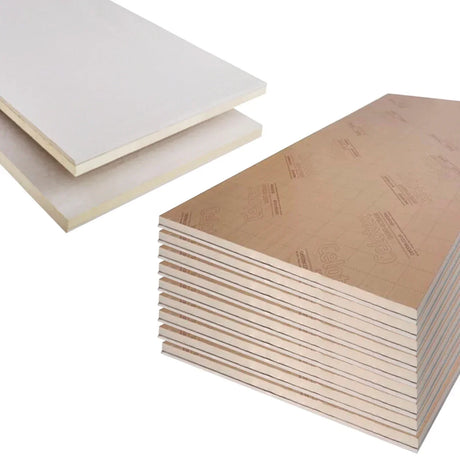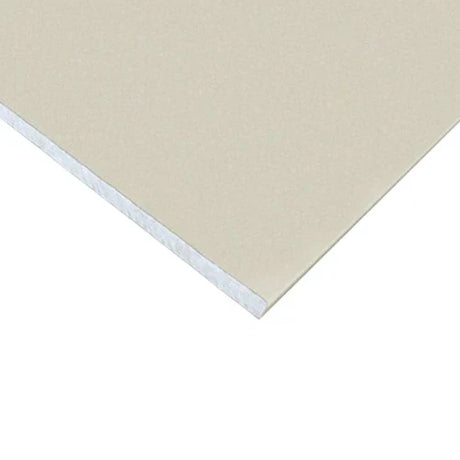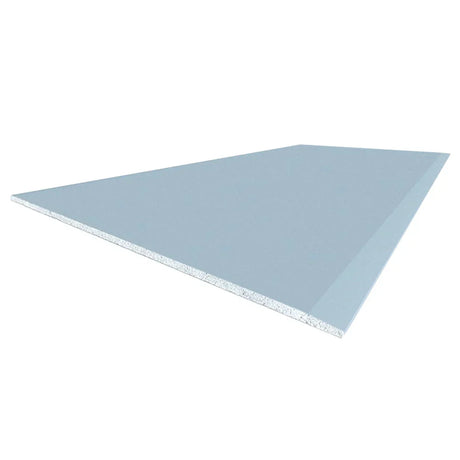The question of whether to remove existing loft insulation before installing new material requires careful consideration of several factors. While retaining old insulation may seem economical and environmentally responsible, certain circumstances necessitate removal and replacement for optimal performance and safety.
Assessing Existing Insulation Condition
Before making a decision, a thorough assessment of your current insulation is essential. The age and material composition of existing insulation significantly influence the appropriate approach to upgrading. Mineral wool insulation installed within the last 15-20 years typically remains effective if dry and uncompressed, while very old materials like vermiculite (small, grey-brown pellets) may contain asbestos and should be professionally assessed. Paper-backed or foil-backed materials from the 1960s-1980s may have deteriorated significantly, and natural materials like sheep's wool or wood fibre generally retain performance if kept dry.
When evaluating the condition of existing insulation, look for compression, moisture damage, pest infestation, mould growth, and settlement. Flattened insulation has reduced effectiveness as thermal performance depends on trapped air. Damp or wet insulation provides minimal thermal benefit and can promote timber decay. Evidence of rodent or insect activity may indicate contaminated material that should be removed, while black or green patches suggest moisture problems requiring remediation. Uneven coverage with gaps or thin areas compromises thermal performance and may necessitate a fresh installation for consistent coverage.
It's also important to assess the thickness and coverage of the existing insulation. Current building regulations recommend 270-300mm total depth for optimal energy efficiency, yet many older properties have only 100mm or less of loft insulation. Patchy coverage with significant gaps drastically reduces effectiveness, and insulation compressed by storage boarding provides minimal benefit in affected areas. This assessment provides the baseline for determining appropriate improvement strategies.
When to Keep and Top-Up Existing Insulation
In many circumstances, retaining existing insulation and adding new layers represents the most efficient approach. Modern mineral wool rolls can be installed directly over older mineral wool if it's dry and in reasonable condition. The new layer should be laid perpendicular to the original layer, with joints staggered to prevent thermal bridging. Ensure the second layer has no backing paper or foil to prevent moisture trapping between layers. Total combined thickness should achieve the current recommended 270-300mm for optimal performance. Leading UK manufacturers like Knauf, Isover, and Superglass offer products specifically designed for top-up applications with appropriate thickness and density.
When installing additional layers on top of existing insulation, follow best practices for effective installation. Clear the loft space as much as possible to enable complete coverage and ensure the existing material is distributed evenly before adding new layers. Pay particular attention to areas around the eaves where insulation often thins out, and avoid compressing either layer during installation as this reduces effectiveness. Maintain proper ventilation gaps at eaves to prevent condensation issues that could compromise roof timbers over time.
The layering approach offers significant cost and environmental benefits compared to complete replacement. It generates significantly reduced waste, incurs lower disposal costs and environmental impact, requires less installation time and causes minimal disruption. It represents a more cost-effective use of materials and labour while providing the cumulative thermal performance of combined layers. These benefits make top-up approaches the preferred option when existing insulation is in acceptable condition.
When Complete Removal Is Necessary
Certain situations require removal of existing insulation before installing new material. Contamination issues present a compelling case for replacement. Evidence of rodent infestation with droppings or urine contamination, significant mould or fungal growth indicating long-term moisture problems, asbestos-containing materials like some forms of vermiculite insulation, severe dust mite infestation causing respiratory issues for occupants, or chemical contamination from past spills or leaks all necessitate removal and replacement to ensure a healthy living environment.
Moisture and dampness problems also require remediation before new insulation is installed. Existing insulation that's wet or consistently damp from roof leaks, materials with significant water staining indicating previous leakage, persistent condensation issues resulting in moist insulation, evidence of timber rot or decay in roof structures, and mould growth within or beneath the insulation layer all indicate that removal is necessary. Damp insulation provides minimal thermal benefit and can contribute to structural damage if not addressed.
Material compatibility issues may also necessitate removal of existing insulation. Closed-cell foam insulations should not be covered with mineral wool due to moisture trapping risks. Loose-fill materials that have settled significantly may create uneven surfaces unsuitable for top-up layers. Vermiculite insulation should generally be removed rather than topped up due to potential asbestos content. Foil-faced insulation should not be covered with additional layers as this can create a moisture trap leading to condensation problems and reduced overall effectiveness.
Practical access and structural considerations may also make removal the only viable option. Insufficient clearance height for adequate new insulation without removing existing material, the need to inspect and treat roof timbers for decay or infestation, requirements to run new electrical cables or plumbing at ceiling level, installation of a new loft floor system, or structural alterations requiring clear access to ceiling joists all present practical reasons for removing existing insulation despite the additional work involved.
Professional Assessment Recommendations
For situations with uncertainty about the appropriate approach, professional assessment offers significant value. Expert evaluators consider factors such as thermal imaging surveys to identify cold spots and performance issues, moisture content testing of existing materials and surrounding structures, material identification for unknown or potentially hazardous substances, complete roof condition assessment to identify any underlying issues, and air leakage testing to pinpoint draught sources that insulation alone won't address. These detailed assessments provide data-driven guidance for decision-making.
Hazardous material considerations often necessitate professional involvement. Suspected asbestos-containing insulation requires licensed professional assessment and removal, lead dust contamination in very old properties may necessitate specialist handling, and some historical insulation materials contain chemicals now considered hazardous. Professional testing can definitively identify problematic materials and ensure they're handled safely and legally.
By carefully evaluating your specific circumstances against these criteria, you can determine whether topping up existing insulation or complete removal and replacement represents the most appropriate strategy for your loft insulation project. At DIY Building Supplies, our technical team can provide guidance on assessing your current insulation and selecting appropriate materials for either approach.









